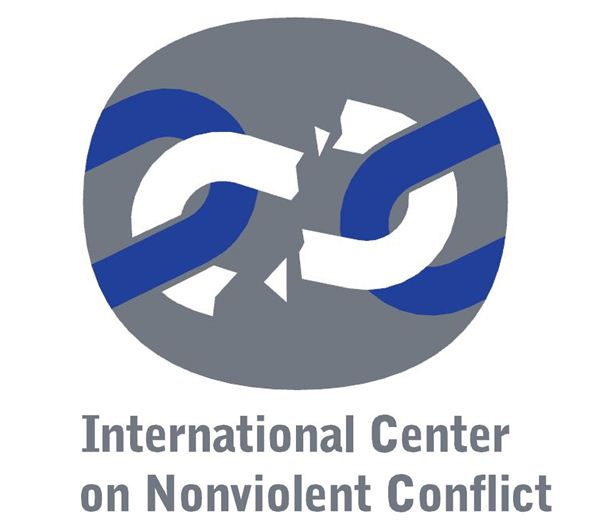Michael Randle
Randle, Michael, Thousands of Arrests: What can Extinction Rebellion learn from the experience of the Committee of 100?
2638-2639Randle was a full time organizer for the Committee of 100, which was created in 1960 to promote mass nonviolent direct action, such as sit-downs and occupations, as a strategy to promote unilateral nuclear disarmament by Britain. In this article he compares the Committee's experience with the tactics and aims of Extinction Rebellion, noting the greater acceptability of nonviolent direct action today and the differences between the two threats (nuclear war and major climate change). He also notes that the Committee of 100 ceased to exist after eight years, whilst the more conventional CND has lasted over 60 years.
See also articles by Gabriel Carlyle 'Building the Climate Movement We Need', and Mya-Rose Craig, 'The Point of Striking is to Take Control over Our Futures' in Peace News, 2034-2035, Oct.-Nov. 2019 for further debate about strategy and focus. Carlyle makes a comparison with the US Civil Rights Movement and its localised, focused campaigns combining to create a national movement. Craig stresses the need to prioritize the Global South and when setting out alternatives, to advocate only actions that do not harm communities in poorer countries.
Randle, Michael, People Power: The Building of a New European Home
Chapter 1 discusses the context of the revolutions, ch. 2 the build up of protest (including in Bulgaria) and the role of international pressures. Part II comprises interviews with key participants in 1989, both about the revolutions and future possibilities. Includes interviews on Romania and Slovenia.
Randle, Michael, Civil Resistance
Chapters 1-4 focus on the history and dynamics of nonviolent resistance, and its increasing use in recent decades, within a framework of broader historical analysis. The main emphasis is on national resistance to oppressive regimes. The second half of the book analyses civilian (nonviolent) defence (see A.5.b.)
, Challenge to Nonviolence
ed. Randle, Michael,A wide-ranging compilation of papers presented to the Nonviolent Action Research Project in Bradford from 1994 to 1999, with extensive notes on the group discussion.
Carter, April; Randle, Michael, Support Czechoslovakia
Account of four transnational teams going to Warsaw Pact capitals to protest against the 1968 Warsaw Pact invasion.
, A Guide to Civil Resistance
ed. Carter, April; Clark, Howard; Randle, Michael, 1Sharp, Gene; Randle, Michael, Annotated Bibliography on Training for Nonviolent Action and Civilian-Based Defence
In UNESCO Yearbook on Peace and Conflict StudiesIntroductory essay by Randle on training and another by Sharp on civilian-based defence.

 The online version of Vol. 1 of the bibliography was made possible due to the generous support of the
The online version of Vol. 1 of the bibliography was made possible due to the generous support of the  The online version of Vol. 2 of the bibliography was made possible due to the generous support of
The online version of Vol. 2 of the bibliography was made possible due to the generous support of